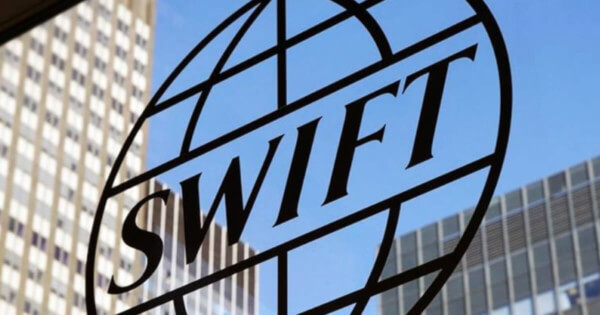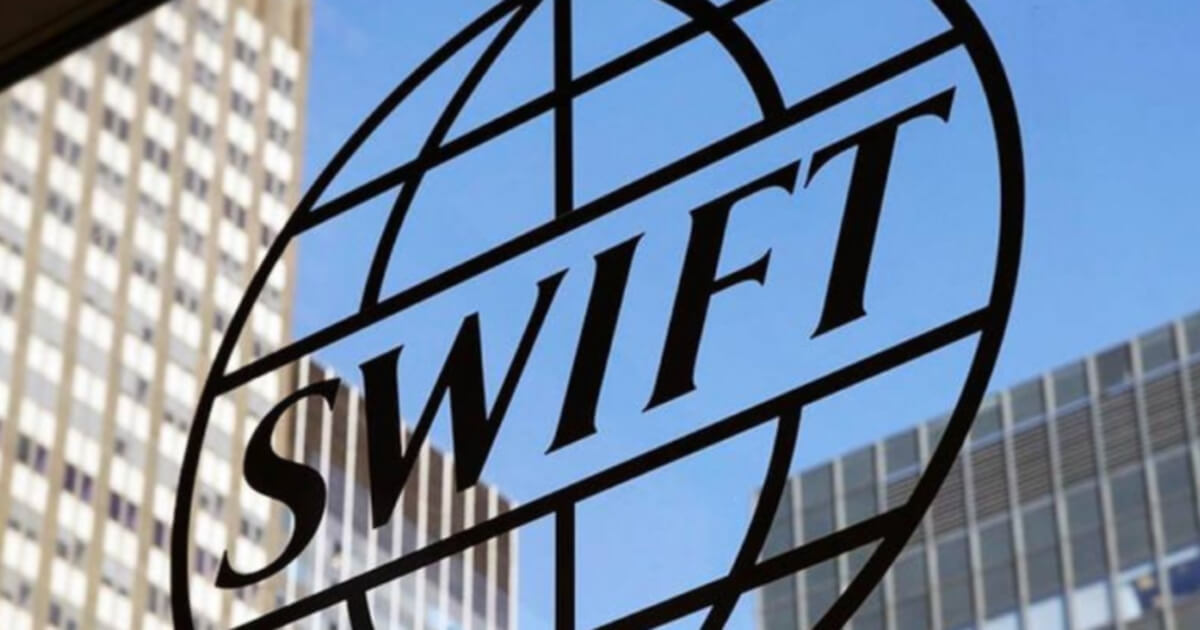
Source: blockchain.news
With most of the world’s central banks now developing or researching the prospects for central bank digital currencies (CBDCs), the Society for Worldwide Interbank Financial Telecommunications has detailed how these individual CBDCs can co-exist in a global environment.

As detailed by SWIFT’s chief innovation officer, Nick Kerigan, the test involved up to 14 central and commercial banks, including the Deutsche Bundesbank, Banque de France, Standard Chartered, UBS and HSBC, with all these participating entities connected through a single center.
“We think the number of connections needed is much lower,” Kerigan said. “So you are likely to have fewer interruptions (in the chain) and you are likely to achieve higher efficiency.”
The trial is expected to be followed by more detailed and specific evidence in the coming months, with additional prospects to be investigated.
SWIFT is an electronic system that allows banks around the world to send information and payments to each other. Following an 8-month investigation into the cross-border transaction capabilities of CBDCs, it was concluded that a single viable central connection may be sufficient to hold all individual Electronic Trust Notes together.
While SWIFT has a very viable proposal to connect CBDCs in the way it has connected financial players transacting fiat and digital money, the agency may have an unexpected rebuttal to contend with.
With the outbreak of war between Russia and Ukraine, SWIFT blocked Russia’s financial institutions in compliance with broader financial sanctions from Western watchdogs. This move may prevent some central banks from tying their CBDCs to the SWIFT system for any possible instances of censorship in the future.
While this fear remains viable, Kerrigan believes the approach for partners will be different.
“Ultimately what most central banks are looking to do is provide us with a CBDC for people, businesses and organizations in their jurisdiction,” he said, “So a solution that is fast and efficient and gets access to so many other possible countries would seem to be attractive.”
Image Source: Shutterstock
Read More at blockchain.news